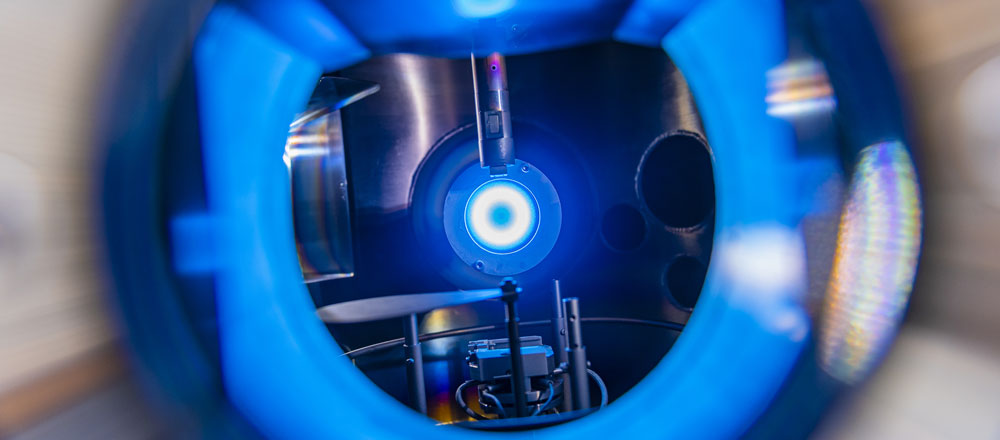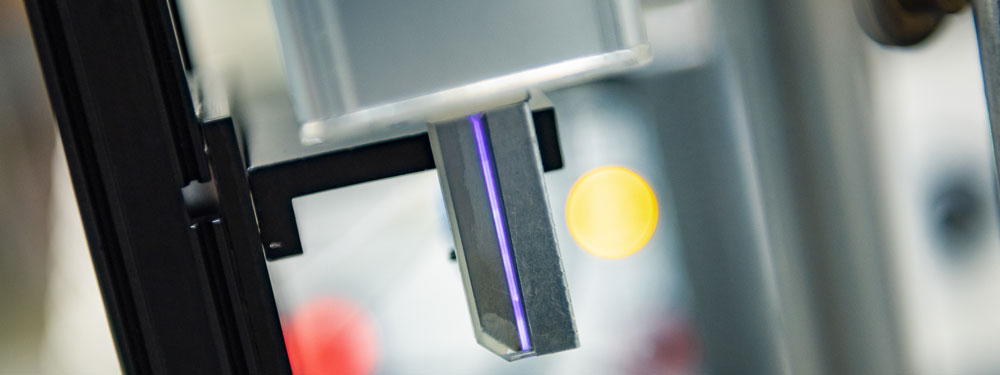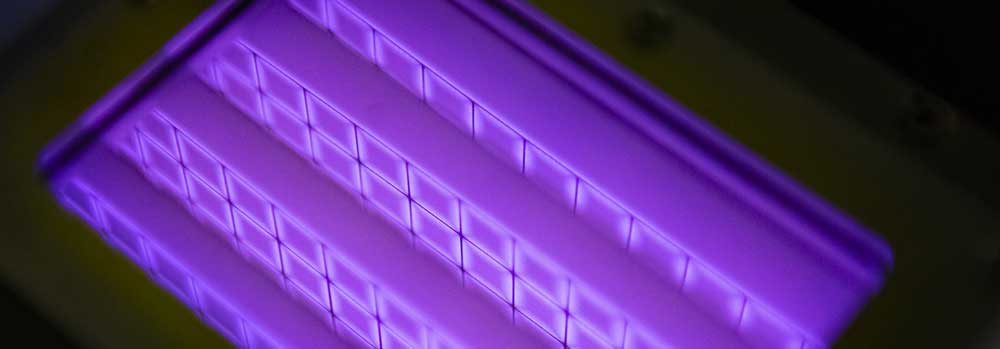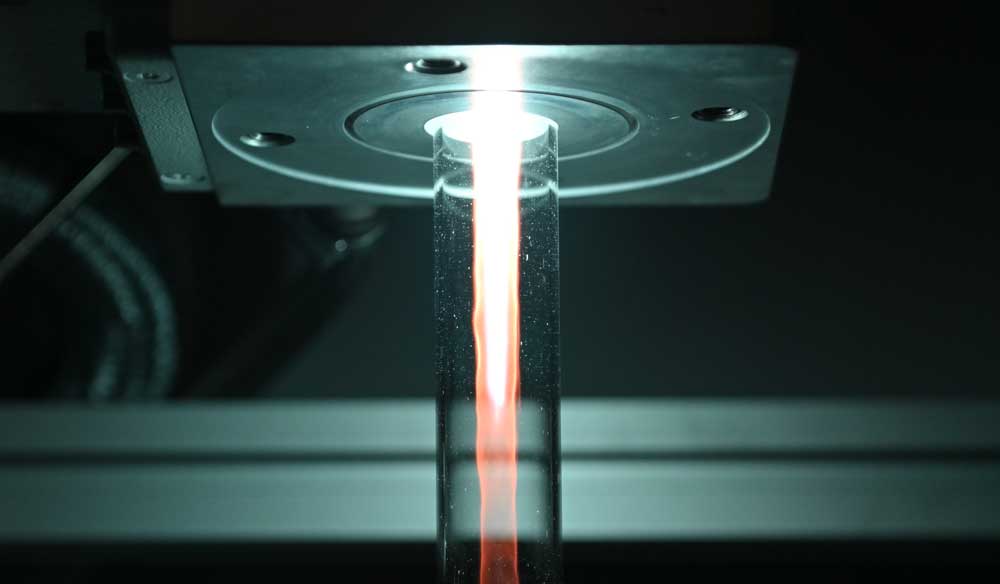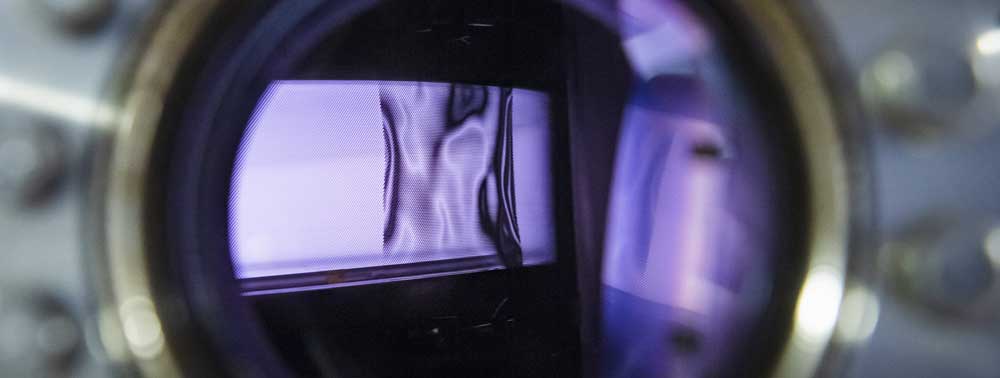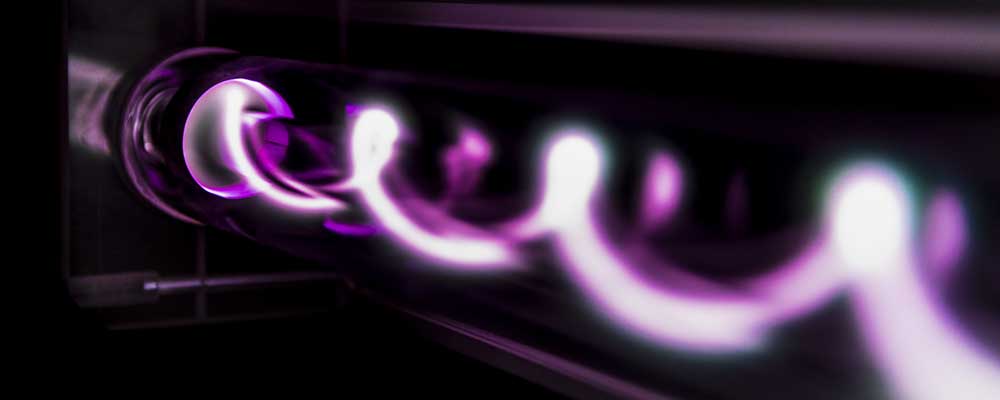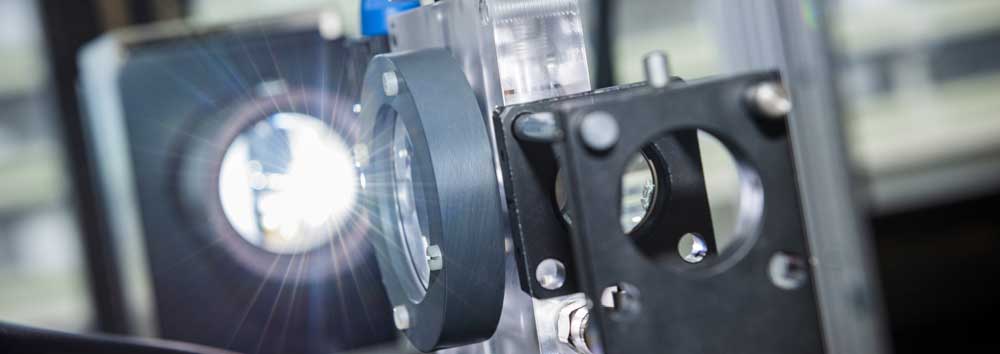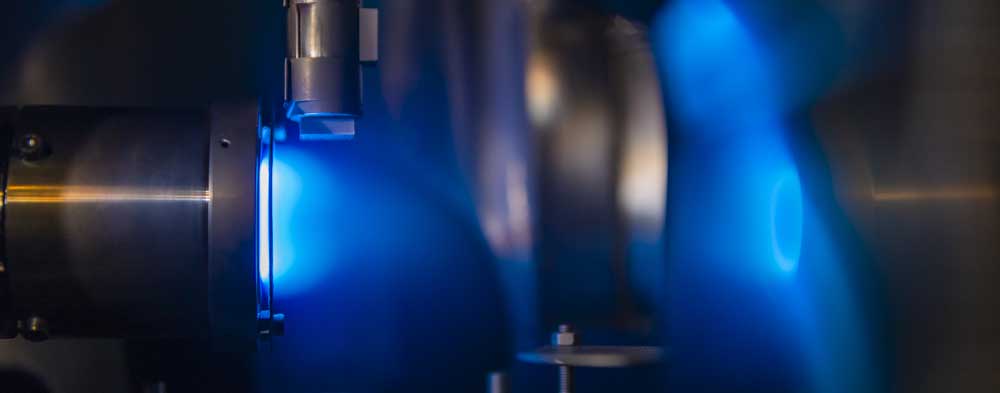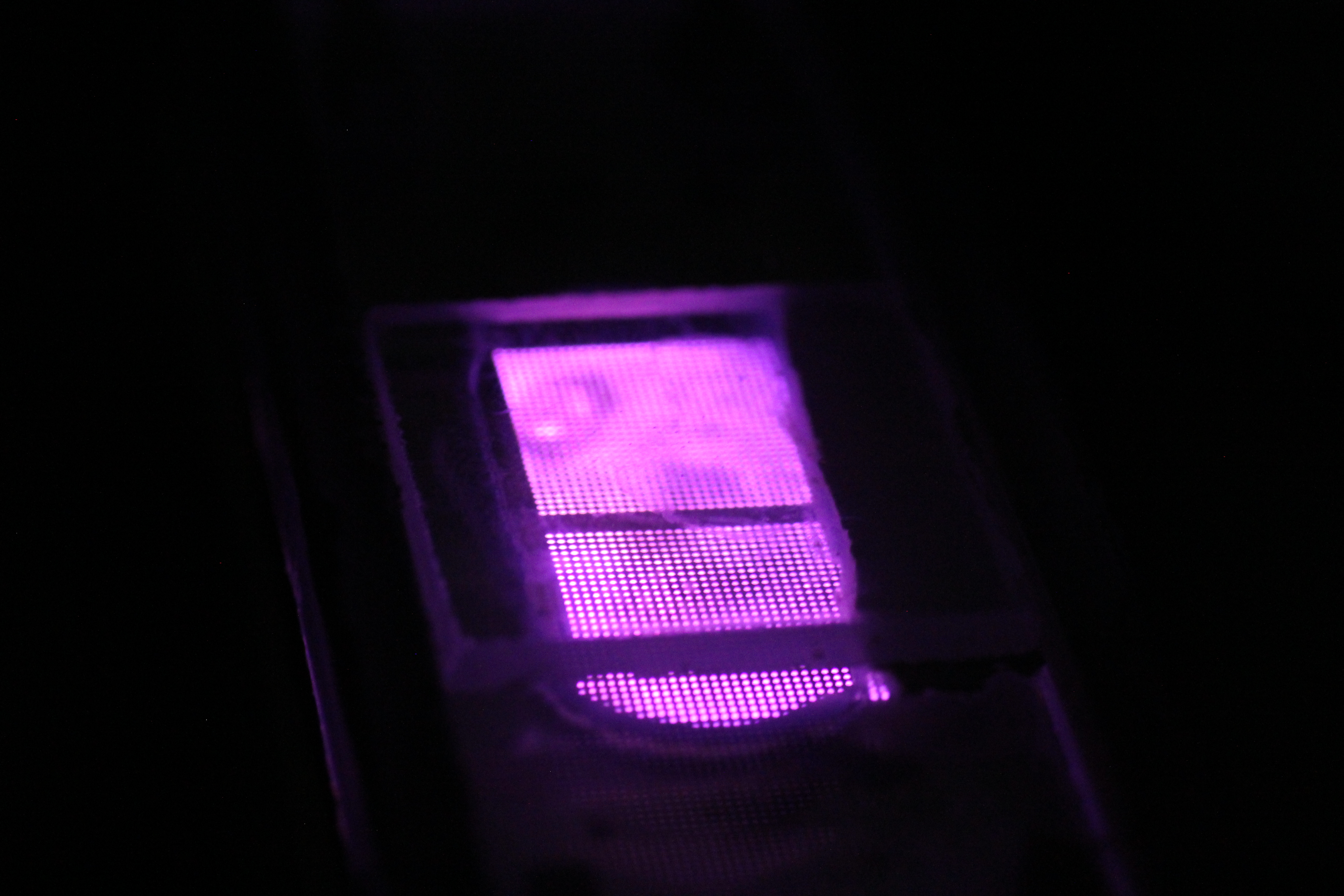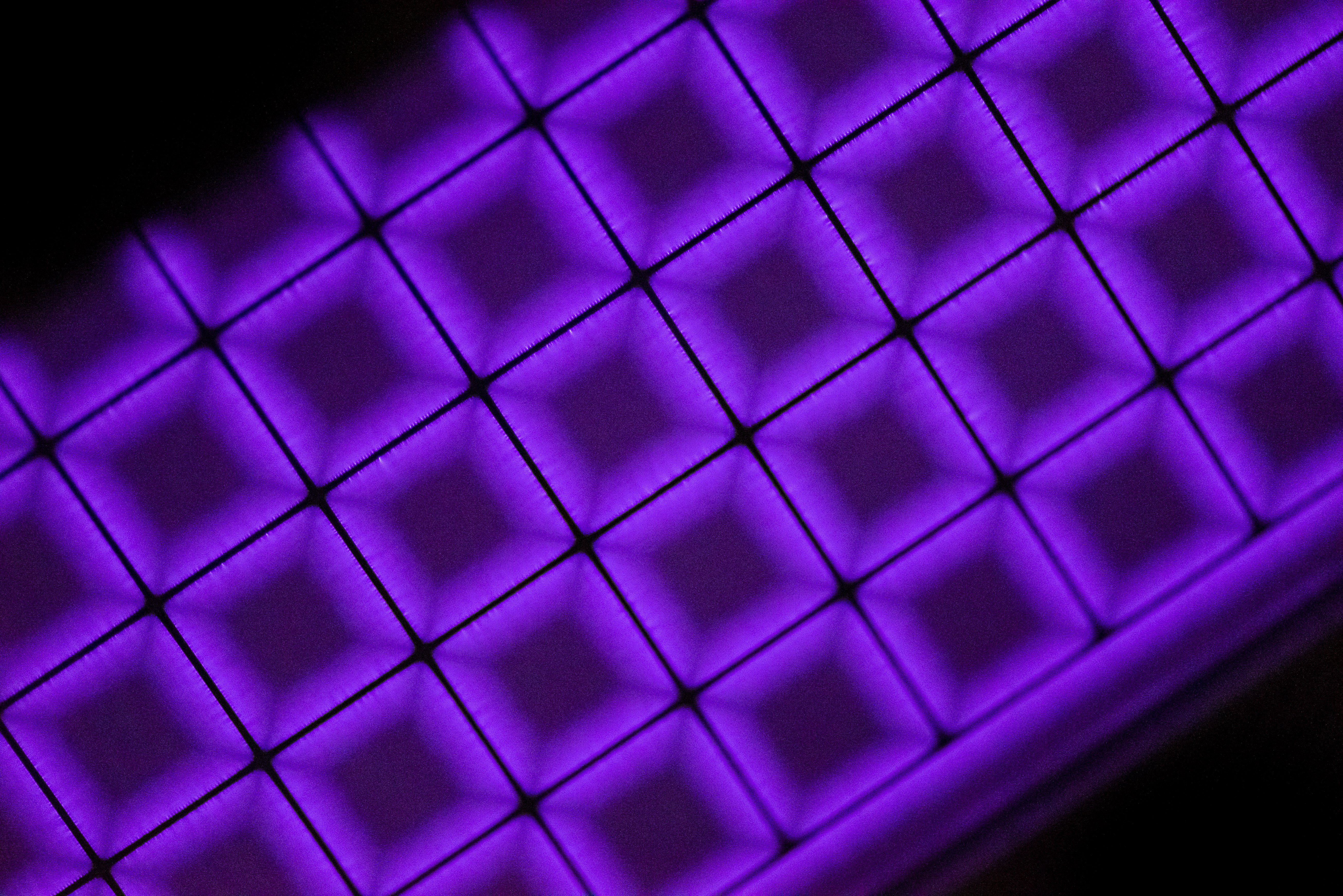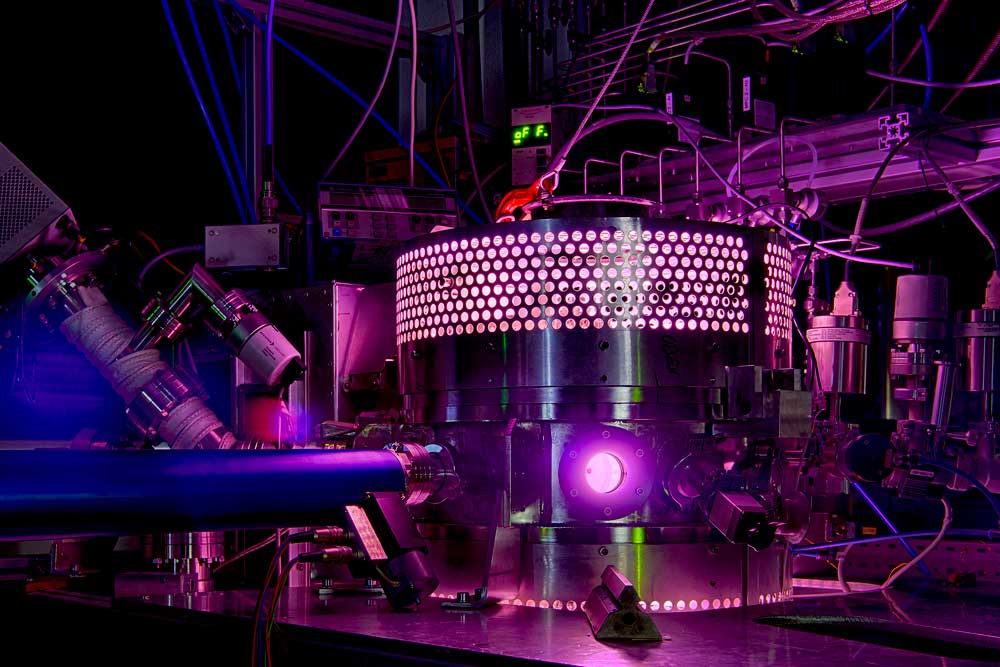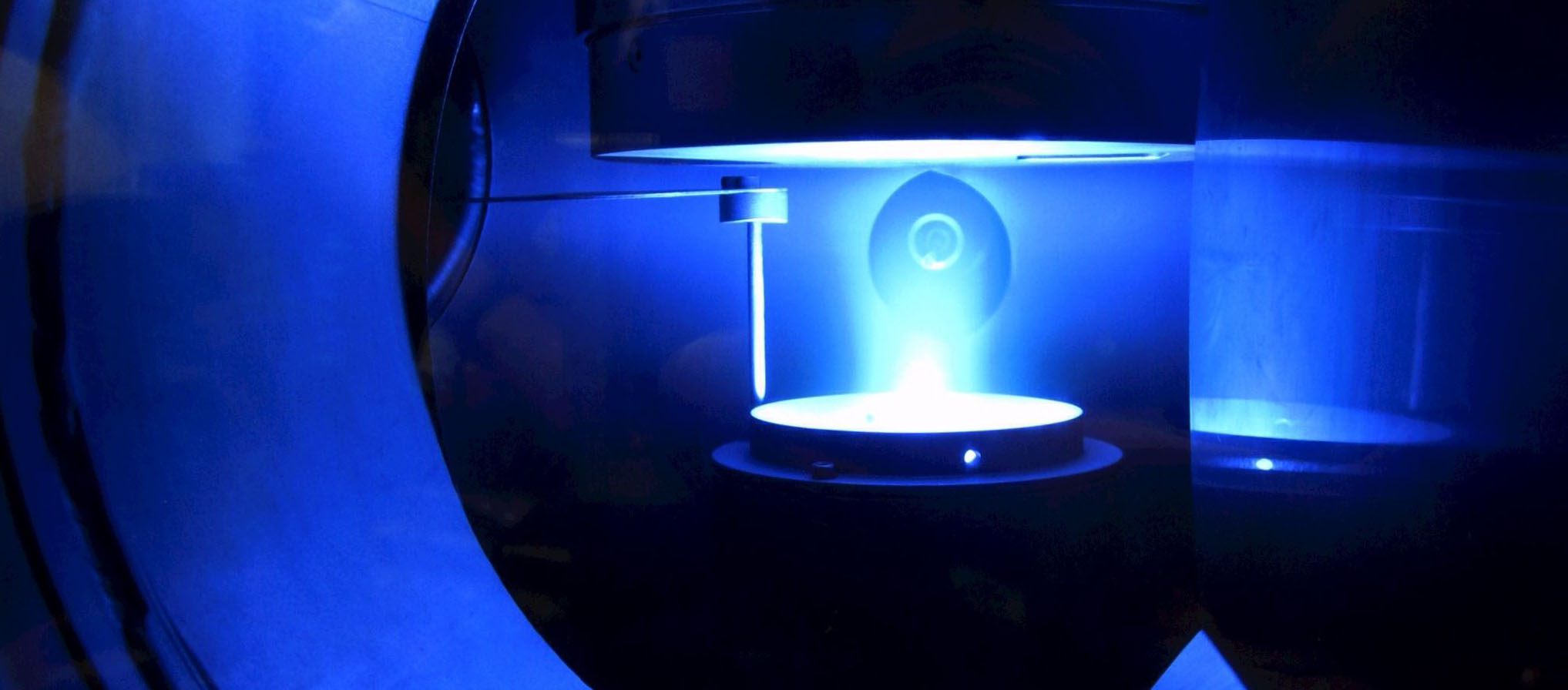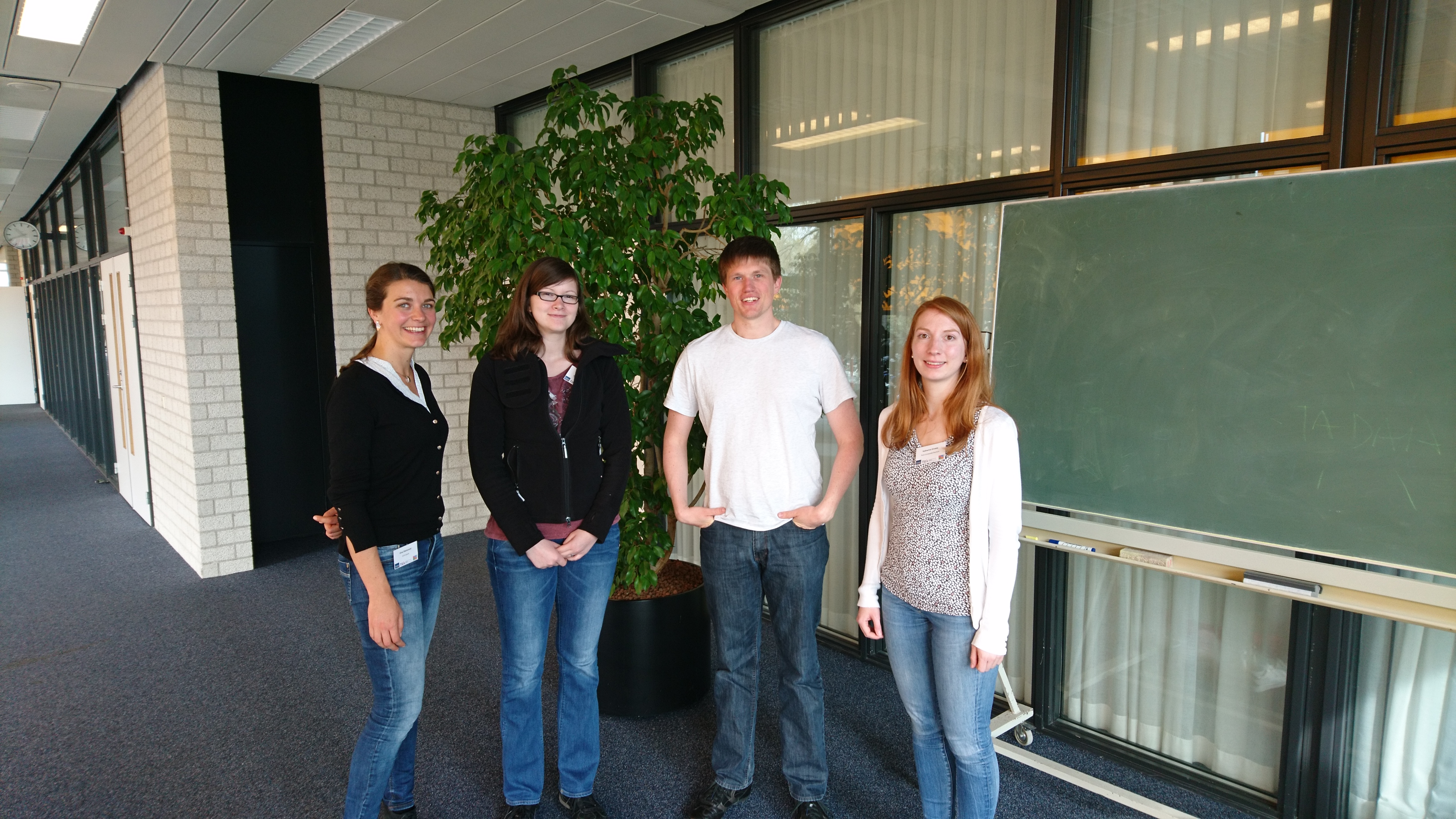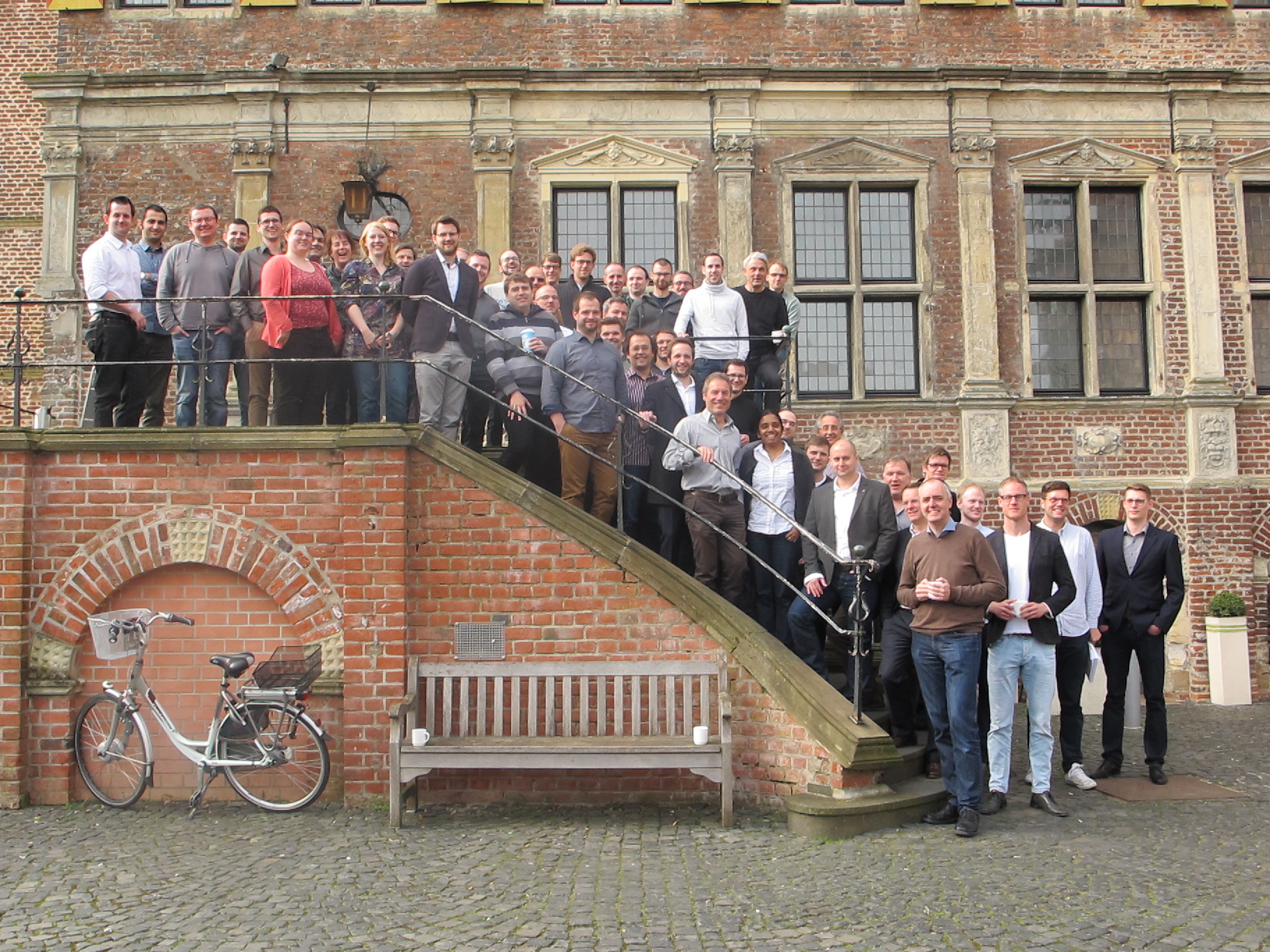- Details
HIPIMS conference in Braunschweig 2017
On June 13th and 14th, 2017, the annual HIPIMS conference took place in Braunschweig. Since eight years, the two-day conference offers scientists as well as industrial operators to discuss physcial questions of pulsed high power impulse magnetron discharges. The place of conference changes every year between the Sheffield Hallam University and the Fraunhofer Institute for Surface Engineering and Thin Films.
Julian Held, Vincent Layes, Wolfgang Breilmann from the RUB were joining this conferene contributing one oral presentation and one poster.
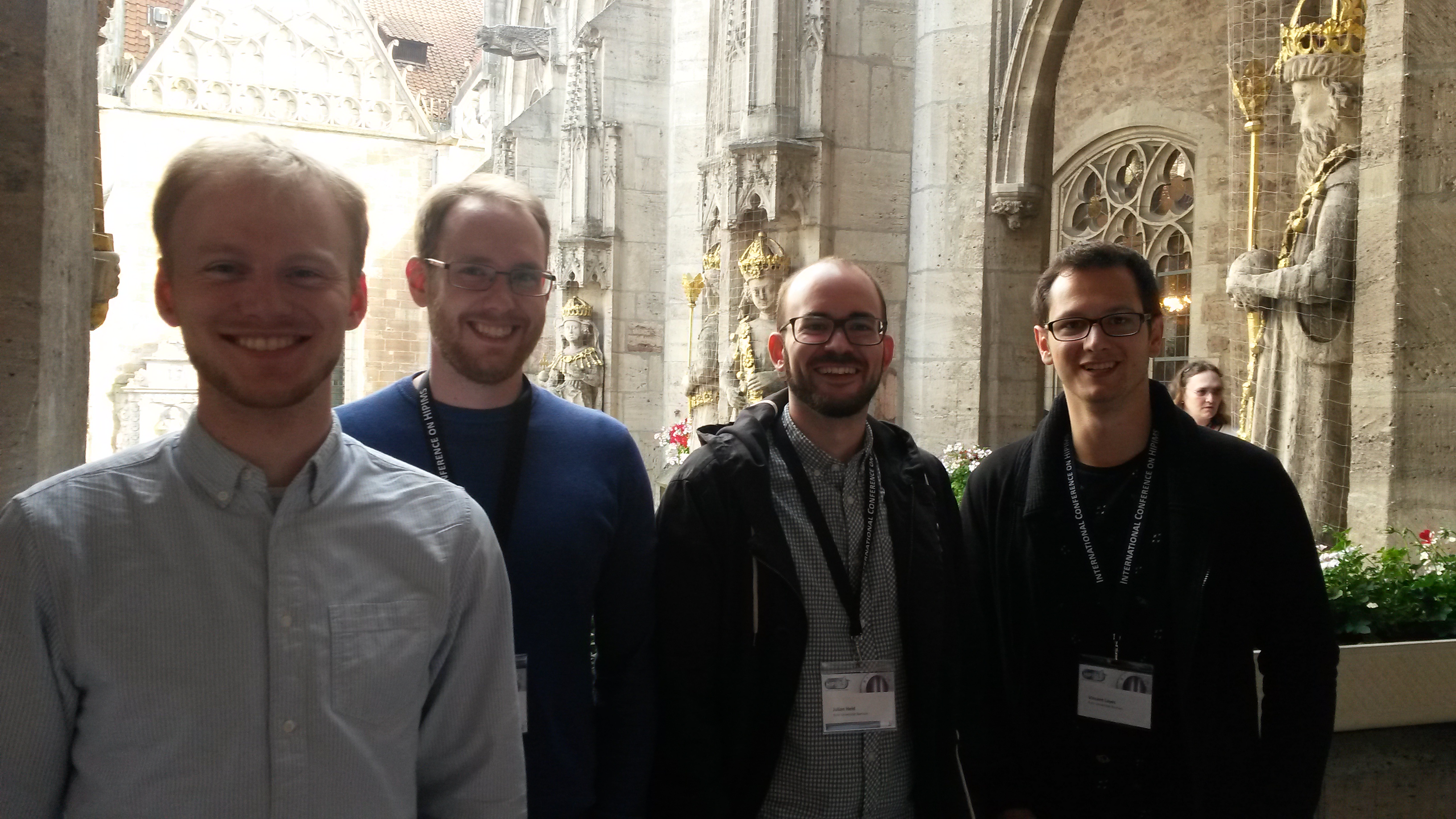
- Details
IWM 2017
The IWM 2017 was in the Riessersee Hotel in Garmisch-Partenkirchen from June 6-9, 2017. The workshop with familiar atmosphere was a great success for participants as well as for the organization team. Great discussion around the individual sessions and contributions made the four days workshop special. Also, the social program with a hiking tour and a visit of castel Linderhof contributed to the overall success of the workshop.
Within the workshop was the final symposium of the Marie Curie - Initial Training Network - Reactive Atmospheric Plasma Processing (www.rapid-itn.eu).
The next IWM 10 will take place in Kyoto from May 21st until May 24th, 2019.
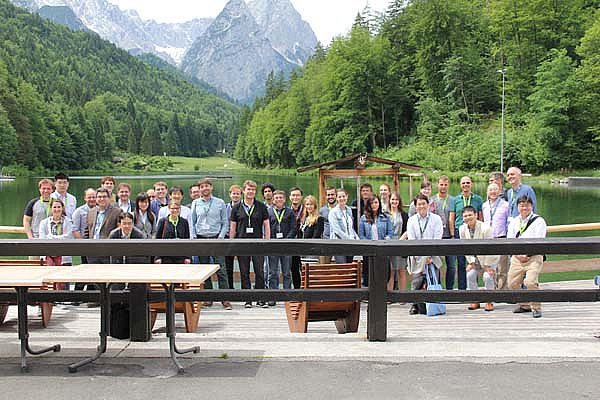
- Details
Carles Corbella in St. Gallen
 Carles Corbella (EP2) performed a short stay (15.-19.05.17) at the EMPA in St. Gallen, Switzerland, where he investigated the deposition of barrier coatings on polymers using large plasma chambers. The visit was part of the activities of the SFB-TR 87. In front of a roll-to-roll coater, from left to right: Ezgi, Dirk, Barbara, and Carles.
Carles Corbella (EP2) performed a short stay (15.-19.05.17) at the EMPA in St. Gallen, Switzerland, where he investigated the deposition of barrier coatings on polymers using large plasma chambers. The visit was part of the activities of the SFB-TR 87. In front of a roll-to-roll coater, from left to right: Ezgi, Dirk, Barbara, and Carles.
- Details
ECPD EUROPEAN CONFERENCE ON PLASMA DIAGNOSTICS
The 2nd European conference on plasma diagnostics was located this year in Bordeaux. The conference is an biennial event. Scientists from low temperature and industrial plasmas, inertial fusion, magnetic confinement fusion, beam plasmas, as well as astrophysical scientists
It took place from April 18th until 21th, 2017. Prof. von Keudell gave an invited overview lecture with the title "Physics and Diagnostics of Non-equilibrium Atmospheric Pressure Plasmas".
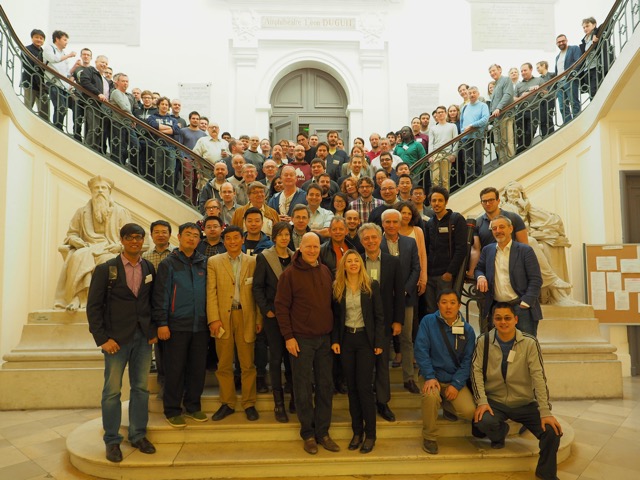
- Details
Astronomy
Dr. Andrew Fletcher
Dr. Andrew Fletcher from the Newcastle University, UK, stayed at the research group for Astronomy of Prof. Dettmar for four weeks. He started his visit on April 18th and left at May 15th, 2017. In this time he collaborated with the people from Bochum on magnetic fields.
A highlight of his stay was the seminar talk with the title "Magnetic field in the multi-phase interstellar medium" on May 4th, 2017.
Abstract: I will review what is known about the general properties of magnetic fields in the diffuse interstellar medium. New results will then be presented, addressing questions such as:
is the mean, large-scale, magnetic field preferentially connected to a particular phase of the ISM? what effect does the generation of the mean-field have on ISM structure? what are the space and time correlations of random fluctuations in the ISM? how are these correlation scales related to observables?
- Details
Radiohalos of spiral galaxies - the impact of CHANG-ES in Bochum
Between June 6th and 10 th, 2017 the meeting concerning Radiohalos of spiral galaxies - the impact of CHANG-ES takes place in Bochum. The research group of Prof. Dettmar is coordinating group. The meeting is distributed over four days, where scientists from the CHANG-ES group as well as guests will come together.
The Galaxy survey “Continuum HAlos in Nearby Galaxies – an Evla Survey (CHANG-ES)“ was observed at the Expanded Very Large Array (EVLA radio telescope), New Mexico, USA. It contains a galaxy sample of significant size over a variety of angular spatial scales, which will help to address fundamental questions regarding radio halos and magnetic fields in spiral galaxies. The galaxies were observed at the two low frequencies, 1.5 GHz (20 cm wavelength) and 6 GHz (6 cm wavelength). CHANG-ES can also exploit the wide bandwidths that are provided by the EVLA. These wide bandwidths permit enormous improvements in continuum sensitivity. In addition, the wide bands provide a wealth of spectral information that will be unique to this survey. Moreover, CHANG-ES is the first survey of edge-on galaxies for which all polarization products will be obtained, providing important information on halo magnetic fields (Irwin et al. 2012).
Webpage of the CHANG-ES meeting
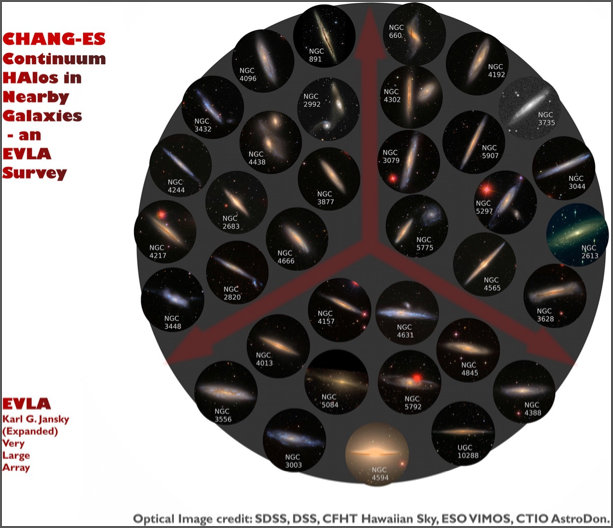
- Details
TP4
Prof. Peter Yoon
In April and May, Prof. Peter Yoon of the University of Maryland, USA, visits the research group of Prof. Schlickeiser within a DFG funded project.
During this time, he will give two seminar talks, the first one at Thursday, May 11th, 2017 at 10:15 in NB 7/67. The title of this talk is "On the Isotropization of Solar Wind Protons".
The second presentation will be at Wednesday, May 24th, 2017 at 10:15 in NB 7/67 about "Turbulent Equilibria in Space Plasmas".
- Details
EP5
Prof. Dr. Mizuki Sakamoto
On Monday, May 15th, 2017, Prof. Dr. Mizuki Sakamoto from Tsukuba University, Japan, visited the research group of Pof. Czarnetzki. He had a talk in the seminar room NABF 05/694 at 15.00. The title was "Divertor simulation experiment and PWI study using linear devices in University of Tsukuba"
- Details
EP5
Prof. Dr. Klaus Bartschat
On Friday, April 28th, 2017, Prof. Dr. Klaus Bartschat from the Drake University, Iowa, USA visited the research group of Prof. Czarnetzki.
He presented a talk in a seminar with the title "Will Allis Prize Talk for the Study of Ionized Gases (GEC 2016)".
- Details
RAPID workshop in Eindhoven
The workshop with the focus on "Process technology from Nano-Scale to Large-scale" and "Emerging concepts in diagnostics and modelling" of the EU programm RAPID was between April 11th and 13th, 2017 at the Eindhoven University of Technlogy.
In sum 15 contributions were presented of researchers of different fields, from PhD students to well-known professors. In between the sessions, discussions about different research topics and the lab tour helped the workshop to reach its successfulness.
The Bochum group with three participants from the Research Department Plasmas with Complex Interactions could welcome a former member of the group, Dr. Gina Oberbossel. She was one of the presenter at the workshop and visited the labs in Bochum previously to the workshop.
- Details
General meeting of the SFB-TR 87 in Raesfeld
On April 4th and 5th, 2017 the annual general meeting of the SFB-TR 87 took place in the castle of Raesfeld.
The focus was the objective of each project for the third funding phase. The general idea of the special research field was recovered in the presentations of the individual projects. Moreover, three new projects were introduced and two projects were integrated into one project for the next phase. Based on the fruitful discussions, the members left the meeting with the aim to write the proposal for the final funding phase 2018 - 2022.
